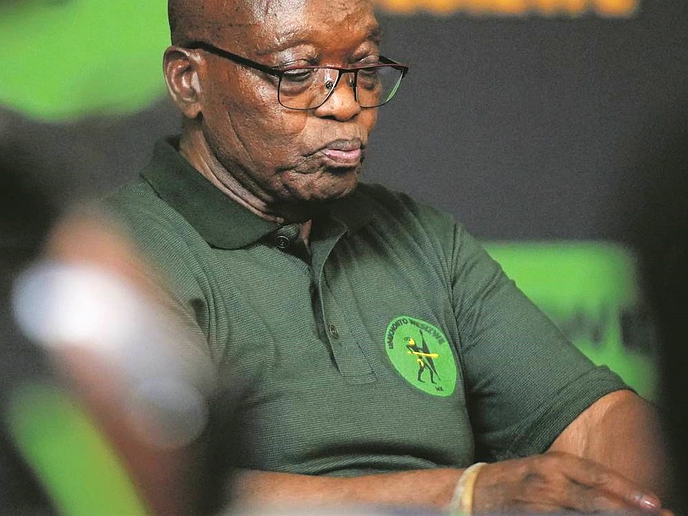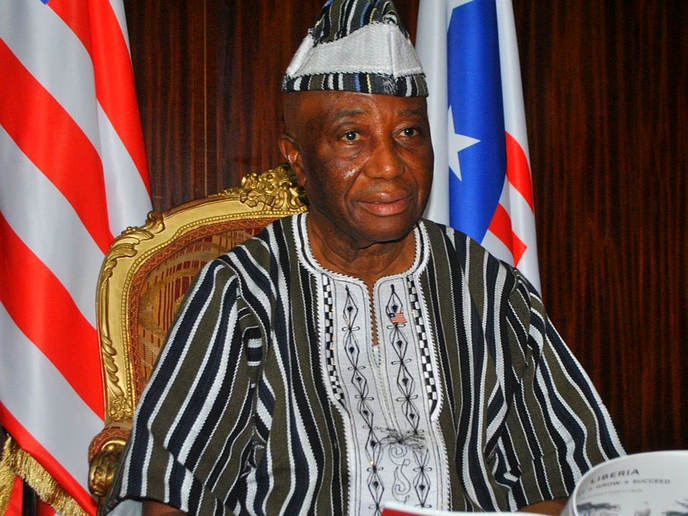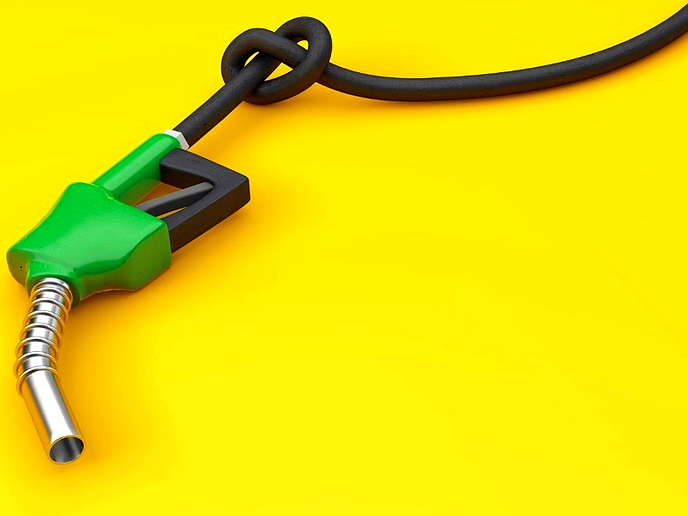OF the many criticisms of the Jacob Zuma presidency, one of the most critical, and which fed into its dysfunction, especially in his second and final term, was his bloated cabinet.
africa
May 2, 2023
MAIL & GUARDIAN
7 min read
Ramakgopa comes up against a Ramaphosa-created monster: Mantashe
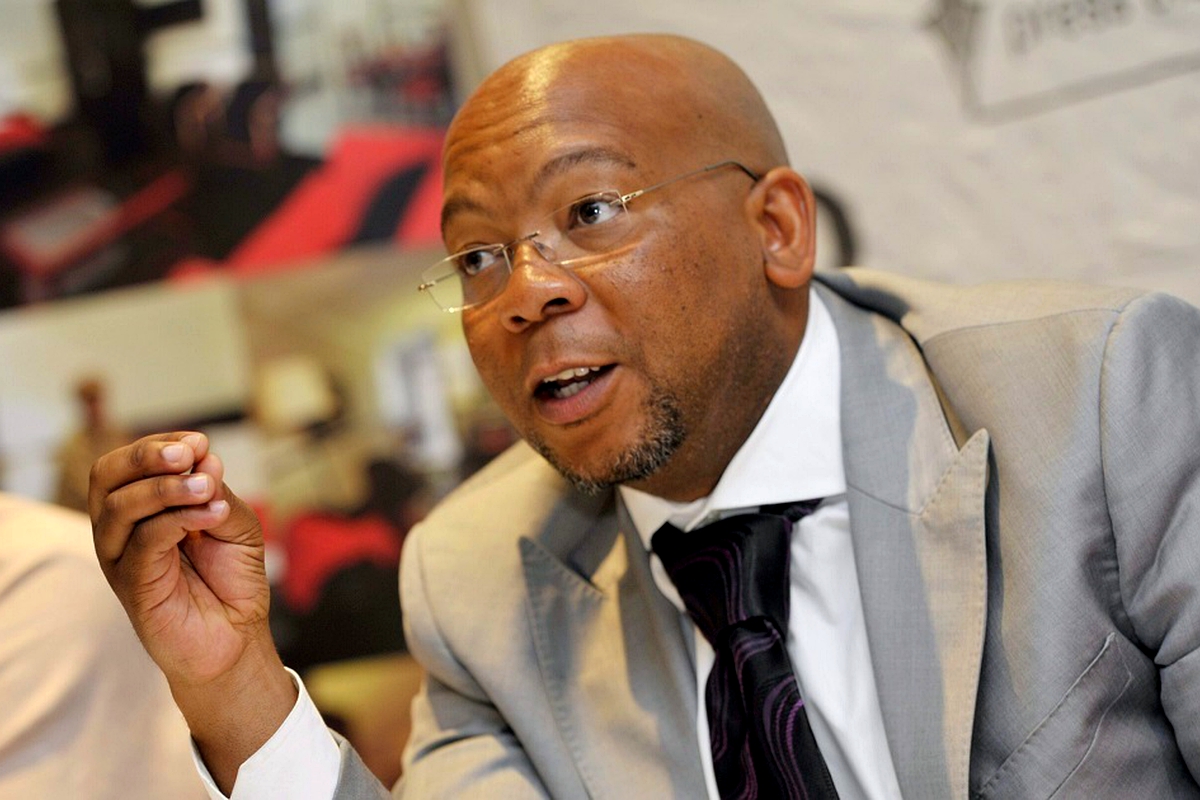
SA minister of electricity, Kgosientso Ramokgopa
Story highlights
The factional divisions in the governing ANC that were exposed in the immediate aftermath of his axing as Thabo Mbeki’s deputy president in 2005 played a significant part in increasing the size of cabinet, with ministerial appointments regarded as reward for fealty and aimed at plastering over the cracks in a splintering alliance.
Eight more ministers and their entourage of blue lights were introduced to public expenditure, not to mention the staff.
Zuma’s successor President Cyril Ramaphosa was brought in with the mandate to return to good governance in the public sector, rebuilding the strength of institutions hollowed out during the “nine wasted years”. Hence the new president’s decision to merge 14 ministries and a return to a 28-member cabinet.
The more svelte cabinet was welcomed by all spheres of society and key backers in business lobby groups as a sign of a government getting back to work — the “thuma mina” moment. It was an easy win but one that has returned to haunt a president under pressure, who is struggling to get a grip on the electricity crisis the country is facing.
The merger of the department of mining and that of energy into the department of mineral resources and energy (DMRE) under one of Ramaphosa’s most powerful lieutenants in the party, Gwede Mantashe, has complicated his response to the electricity crisis.
With the country in the grip of stages four and six load-shedding, and the real prospect of stage eight in winter, managing the crisis on a policy front has become near impossible with a mining-friendly minister who played a large part in Ramaphosa’s rise to power.
Enter Kgosientsho Ramokgopa, whom, as the minister of electricity in the presidency, Ramaphosa has tasked with bringing load-shedding to heel.
However, Ramokgopa’s struggle to be given ministerial powers is understood to have started something of a turf war between him, Mantashe and another ANC heavyweight, Pravin Gordhan, who, as the minister of public enterprises, oversees Eskom.
Between them, Mantashe and Gordhan are entrusted with addressing the crisis on two fronts: managing policy and the procurement of new generation capacity through the DMRE and, through the department of public enterprises (DPE), stabilising the state power utility.
In order to do his job, Ramokgopa needs some of Mantashe’s powers and some of Gordhan’s. A minister of electricity with a mandate to end load-shedding needs the powers in section 46 of the Electricity Regulation Act, according to energy economist Lungile Mashele.
The Act gives these powers to the minister of mineral resources and energy.
Ramokgopa would also need oversight over Eskom, which lies with the DPE, although, if Ramaphosa’s administration sees through the ANC’s conference resolutions, this could also eventually fall under Mantashe.
Section 46 empowers the minister of mineral resources and energy, in consultation with the National Energy Regulator of South Africa, (Nersa), to determine new generation capacity and what type of energy sources are needed to ensure an uninterrupted supply of electricity.
The section also allows the minister to procure new capacity for either the short or the long term.
In his presentation to the ANC’s national executive committee meeting over the weekend, Ramokgopa recommended, among other things, that preparatory work be undertaken to explore a “mega bid window” or a rolling bid window for electricity procurement.
Without any procurement powers, Ramokgopa will have to ask Mantashe’s department to develop a proposal for the mega bid window in order to make it a reality.
According to section 97 of the Constitution, the president can transfer any power or function entrusted to a minister to another member of his cabinet. Without these powers, Mashele said, there is no point in having a minister of electricity. As it stands, the position creates an additional reporting line without a clear outcome.
Mantashe’s portfolio is massive, but the previously separate mineral resources and energy departments are invariably linked, Mashele said.
“Electricity is a component of energy, which bodes well for the minerals energy complex. Also, if one is forward looking, one will see that a lot of mining houses and energy companies are diversifying their business model and will end up being electricity companies.”
However, Mashele said, merging the departments under Mantashe has had no bearing on the government’s ability to deal with the energy crisis, other than — perhaps — enabling PetroSA, Nersa and Eskom to better work together.
When Ramaphosa merged the two departments in May 2019, the aim was to better capacitate and respond to the strategic objectives of the National Development Plan, which envisions the development of an integrated energy sector by 2030.
The merger also fitted into Ramaphosa’s vision to streamline government departments, which had become bloated under Zuma.
Indeed it was Ramaphosa’s predecessor who, shortly after taking office in 2009, divided the former department of minerals and energy into two separate departments.
Zuma also split education into two ministries, one for basic education and the other for higher education and training, and created four new departments.
Ramaphosa’s decision to consolidate the energy and mining portfolios under Mantashe, and to undo Zuma’s blunders, made a lot of sense at the time — even if it did create a behemoth of a department, said happy Khambule, Business Unity South Africa’s environmental and energy manager.
“It’s not like people expected that the current minister would be so powerful. Whether that is something we should have foreseen is neither here nor there,” Khambule said.
“What is important is that the ministries are held accountable for inaction and for actions that are not in line with the broader societal objectives and national interests.”
Mantashe, Khambule noted, has yet to release the updated Integrated Resource Plan, which was due at the end of March. Nor has he published an Integrated Energy Plan, which, according to the National Energy Act, the minister is required to develop and review on an annual basis.
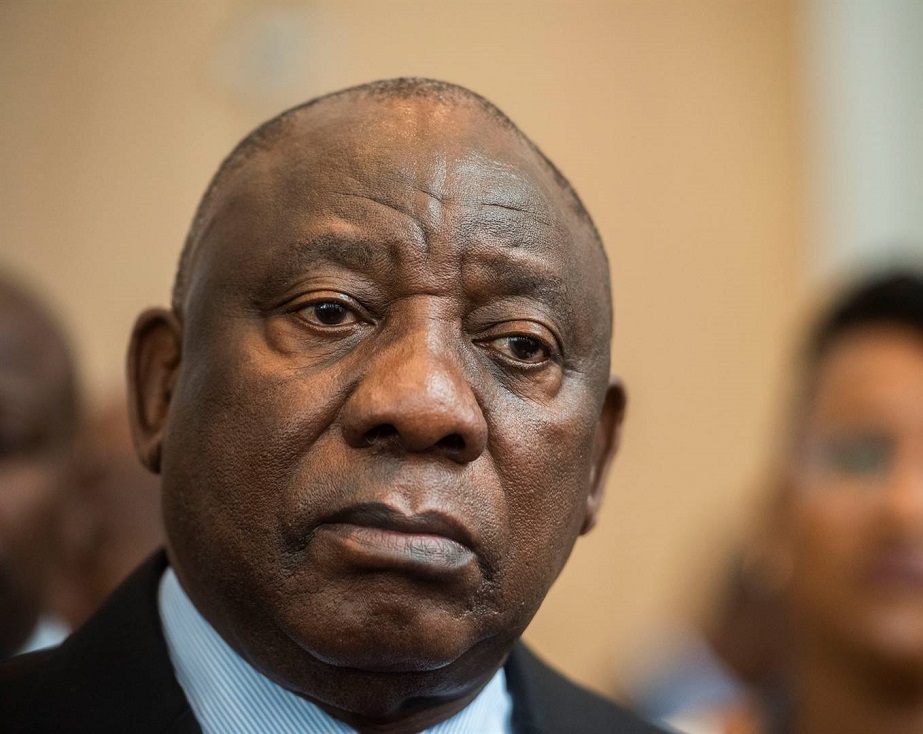
SA President, Cyril Ramaphosa
Enjoy our daily newsletter from today
Access exclusive newsletters, along with previews of new media releases.
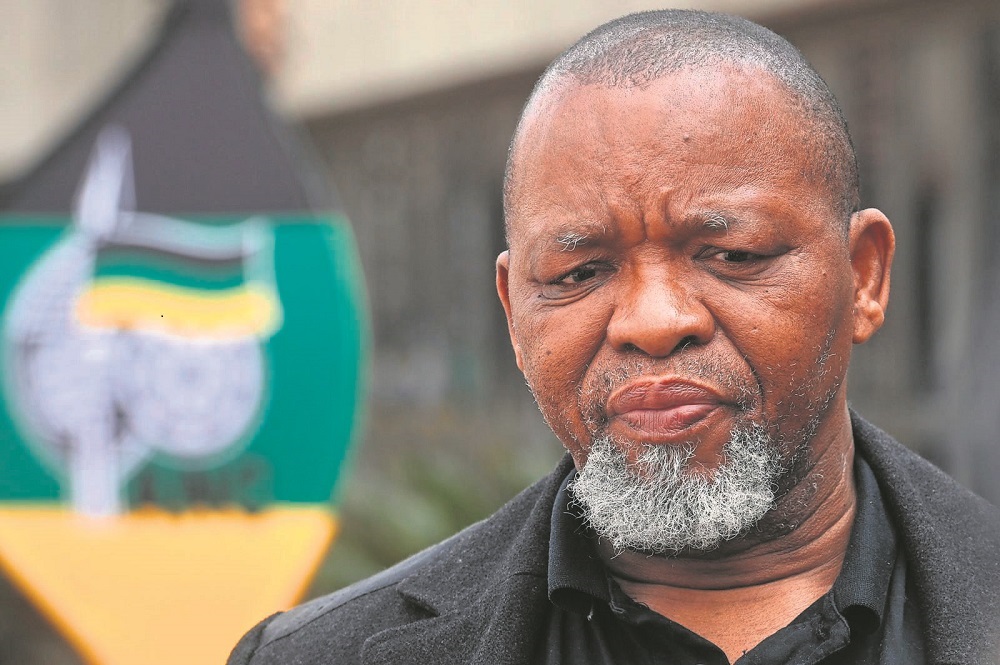
One of Ramaphosa’s most powerful lieutenants, Gwede Mantashe
The Integrated Energy Plan, which has been in the works since 2016, sets out the long-term prospects for South Africa’s energy sector.
The department did not respond to the Mail & Guardian’s questions about the delayed Integrated Resource Plan.
In February, Mantashe said it could not be completed until sectoral master plans — such as those for gas and liquid fuels — had been finalised.
But, according to Khambule, the DMRE’s biggest gaffe is that it has failed to create a degree of certainty about the country’s energy outlook to 2030 and beyond.
“We’ve got a plan that is supposed to be addressing the primary crisis. And we are not implementing it … up to the point where the president has to come up with his own version of an emergency plan.”
If the department, and Rama-phosa’s government more broadly, was doing what it ought to be doing, there would be no need for an electricity minister, Khambule said.
“Essentially, what we are saying is that, with Eskom sitting at DPE, [and] planning and procurement in DMRE, there is still a gap in the middle where electricity is not being taken care of.”
This conundrum underlies a far deeper problem for Ramaphosa’s government. With its political principles still not moving in the same direction, the path towards fixing South Africa’s energy crisis is as clear as mud.
“It’s about certainty and predictability,” Khambule said. “And we don’t have that, even if we do have a committee, or a structure or another added layer of bureaucracy … It’s his [Ramaphosa’s] style of governance, his style of leadership. But the situation South Africa finds itself in requires much more direct and precise decision-making.”
During a media briefing after the ANC’s NEC meeting last weekend, Ramaphosa denied reports that his electricity minister was at loggerheads with Mantashe and Gordhan over his powers.
The president said he had made the roles of each minister “absolutely clear” when he appointed Ramokgopa, adding: “There is no conflict, as far as I am concerned.”
The set-up, the president added, is a good one in some ways, because it enhances “integrated government”.
Presidency spokesperson Vincent Magwenya said this week that the process of delegating functions and powers to Ramokgopa was underway. Once concluded, an announcement would be made, he said.
Magwenya would not, however, comment on the specifics of the process and also would not be drawn to comment on Ramaphosa’s decision to merge the departments of mineral resources and energy and whether — four years later — the move had proved to be a good one. – M&G
Tailored for you



